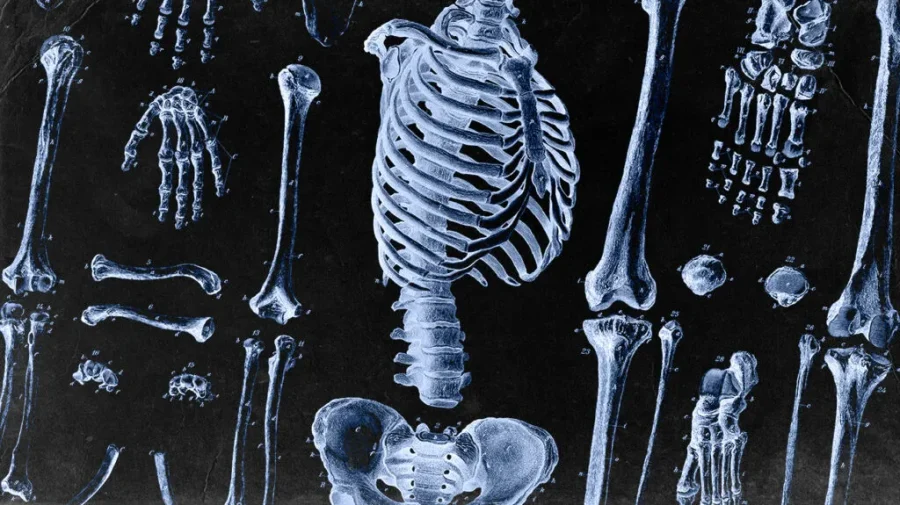Certain conditions or diseases can affect bone strength and flexibility and result in health complications.
Bone is a living, growing tissue that mainly consists of collagen and calcium. Bones provide a rigid framework, known as the skeleton, which protects soft organs and supports the body.
There are two types of bone in the body. Cortical bones are compact and dense and form the outer layer of the bones. Trabecular or cancellous bones make up the bones’ inner layer and are spongy with a honeycomb structure. The bones not only protect the organs from injury but also allow the body to move and provide support. Additionally, bones act as a reservoir for minerals such as calcium.
A person may have a condition or diseaseTrusted Source that affects the flexibility and strength of the bones. These conditions may arise from various sources, including genetics, environmental factors, diet, and infections.
In this article, we will explore some of the diseases that can affect the bones, as well as potential causes and symp-toms.
Osteoporosis is a disease that results in a decrease in bone mass and mineral density. The quality and structure of the bone may also change. Osteoporosis can decrease bone strength and increase the risk of fracturing.
The risk of osteoporosis increases with age and affects people of all ethnic groups. It most commonly affects non-Hispanic white females and Asian females.
Osteopenia refers to a decrease in bone mineral density below a normal level but not low enough for a doctor to classify it as osteoporosis.
A T-score is a measure of bone density. A person with a T-score between -1 and -2.5 will receive a diagnosis of osteopenia, whereas a doctor would classify a T-score lower than -2.5 as osteoporosis. The prevalence of osteopenia is 4 times higherTrusted Source in females compared with males.
Paget’s disease is a condition that affects the bone remodeling process. This refers to the action by which the body breaks down old bone tissue and replaces it with new bone tissue.
In people with this chronic condition, the process of rebuilding bones takes place at a faster rate, resulting in an unusual bone structure.










